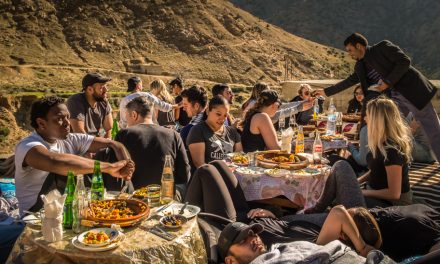
5 Tips for Food Photography
I remember when I was a beginner food photographer and wanted to take better food photos. I looked for tips for food photography, and there were some online food photography courses, but not many. So I learned mostly by trial and error, and used my other photography training as a foundation.
Now, after several years as a published food photographer, I want to share some how-to food photography tips that take food photos from good to great.
Here are 5 of my top tips for food photography.
This post may contain affiliate links. Read my Disclosure statement.
All photos are © Barbara Cameron Pix, unless otherwise noted.
Food Photography Tip #1
Start with a vision of the story you want to tell
Food photography is so popular that there are millions of great food photos online. If you want your own food photos to stand out, you need to make sure you’re a visual storyteller.
There is a big difference between a food photo and a food snapshot.
I’m sure you can tell the difference when you scroll through social media feeds. The images that make you stop and take notice are the ones that instantly tell a story that resonates with you.
Before you click the shutter button, make sure you have an idea of what food photo story you want to tell.
Not sure what story you want to tell with your food photos? Try this…
When you’re planning what food to photograph, choose something you like, something you like to eat, something that gives you all the feels. Something that brings back a memory for you. Let your instincts guide you… imagine cooking and sharing the food with your favourite person. And tell that story with your photos.
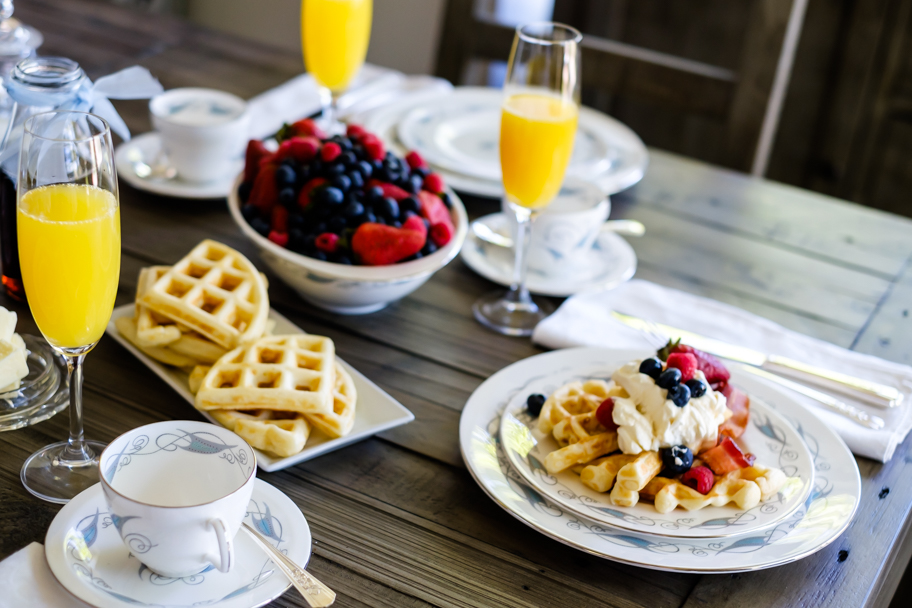
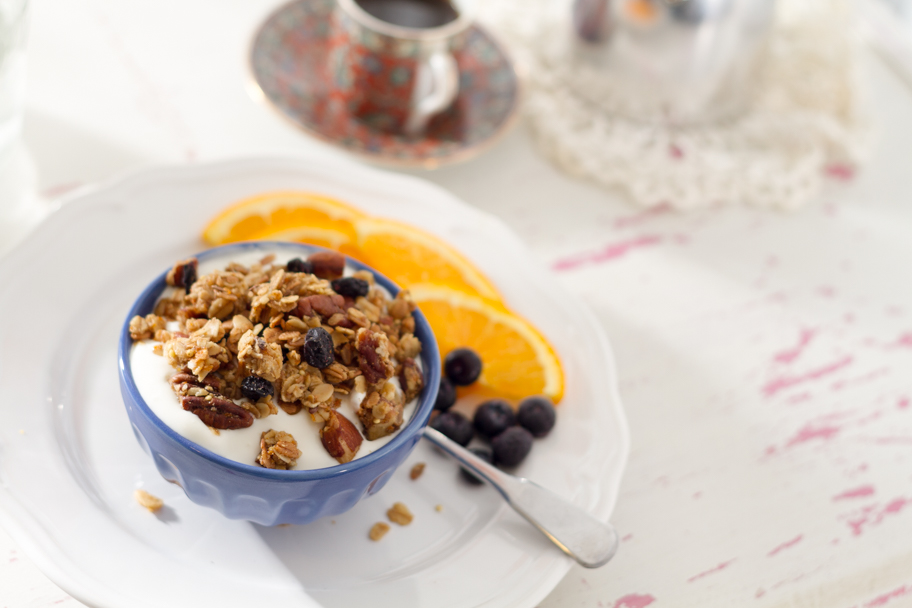
Here are two breakfast food photos. The one on the left tells a story of a traditional Mother’s Day brunch for 3 or more people. The one on the left tells a story of a solo granola and espresso breakfast for one person. What story do you want to tell with your food photos?
Food Photography Tip #2
Use your camera in manual mode
Photography means “painting with light”. And there are technical decisions you can make to help the light work for you, not against you.
When you use your camera in auto mode, it makes all the technical decisions for you. Sometimes that works out fine. But often you are left wondering why you can’t take better food photos.
Learn how to use your camera’s manual settings to get perfect exposure and accurate white balance, and your food photos will start to get noticed.
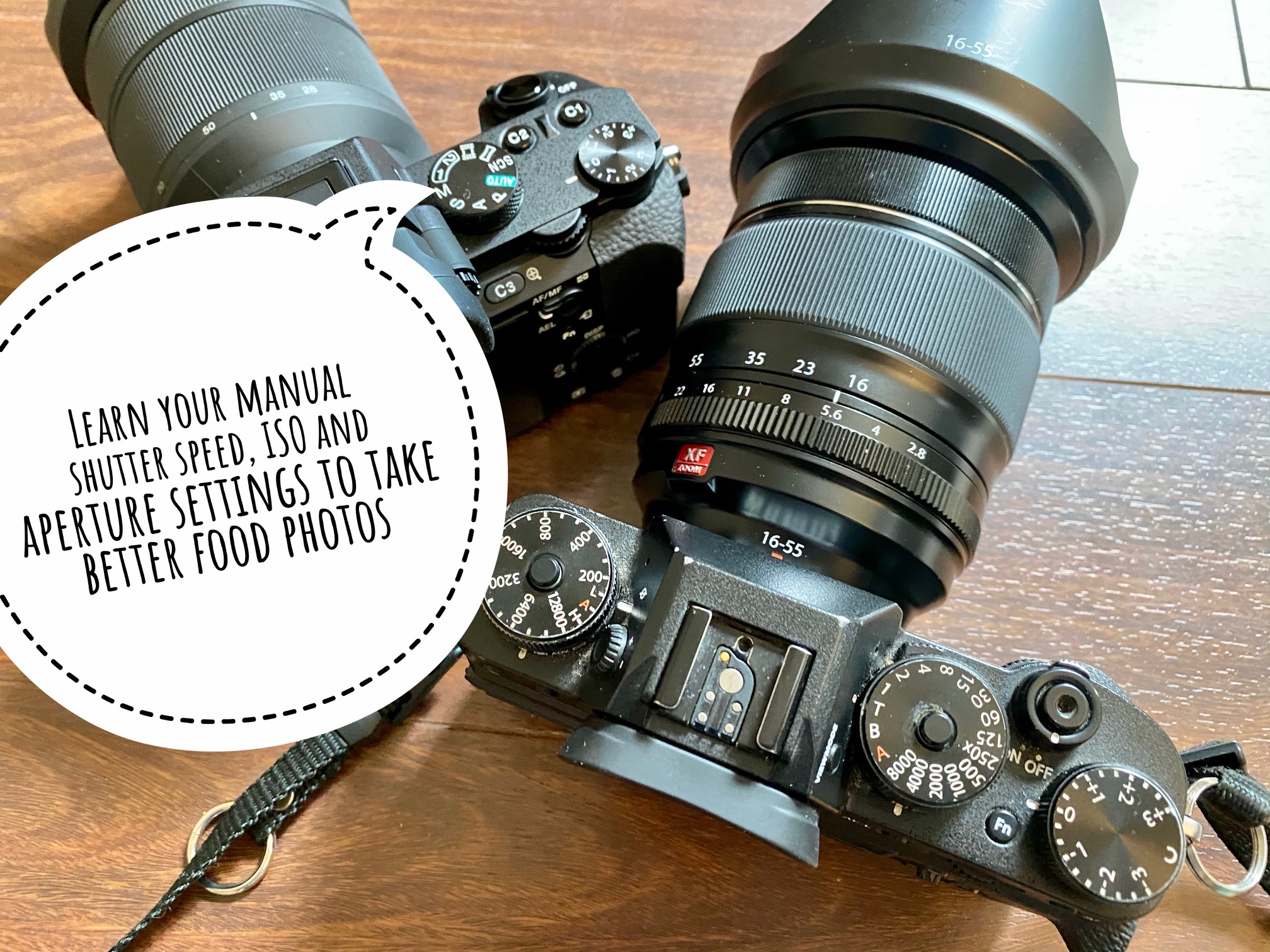
Even if you use a smart phone camera to take food photos, some camera apps let you adjust your settings to give you control over them.
For example, Adobe Lightroom Mobile gives you a “Professional” shooting mode with several options to adjust shutter speed, ISO, white balance, and more.
Food Photography Tip #3
Diffuse the light
Remember that photography means “painting with light”. Which also means that lighting is a super-important element in any kind of photography, and especially food photography.
Some food photographers use natural light, and some use studio lighting. Either way, the most important principle when creating food photos is to make sure the light is diffused.
Diffusion means to spread something out. When you diffuse light, you spread it out to avoid harshness, to make the light soft and even.
Really bright sunlight on a food photo causes harsh highlights and shadows, which is not often very appetizing.
To diffuse natural light, try this:
- do your food photography on a cloudy day
- use light from a north-facing window
- bounce light off a white wall or white piece of foam core
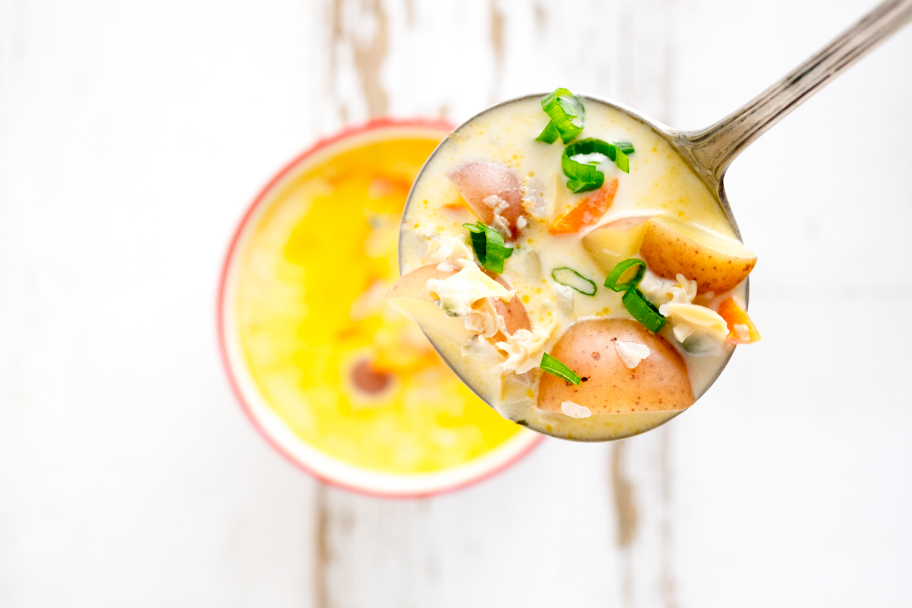

This food photo of clam chowder soup, which was published on a magazine cover, was taken indoors with natural light. The light was diffused by bouncing natural light from a north-facing window off of white foam core that was placed on 3 sides of the shooting area.
Food Photography Tip #4
Keep your food styling simple
The more you fuss with too many elements in your food styling, the more confused the viewer will be.
The human eye needs a place to land, and if you have too many elements your viewer doesn’t know where to look. And won’t be able to understand your story as quickly.
What is the focal point? What is the subject of your story?
Make the food the hero, and add just a few accompanying props to flesh out the story.

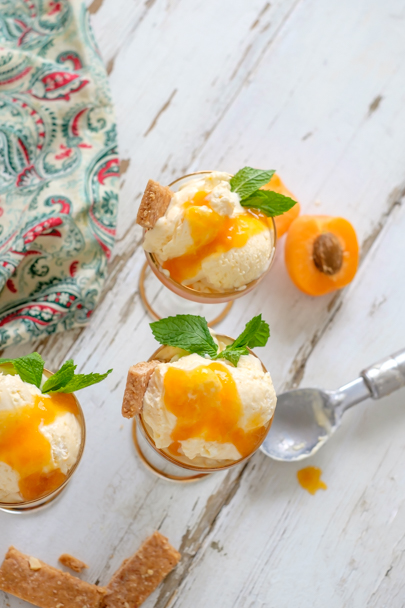
Both of these photos of homemade apricot semifredo were taken during the same shoot, but each uses minimal props to allow the ice cream to be the hero of the story.
Food Photography Tip #5
Know, follow and break photography composition rules
Sometimes rules are great; they give us a guideline to follow when composing a food photo.
And sometimes it’s okay to break the rules!
For example, a primary compositional principle for most photography genres is to make sure the horizon line is straight. Our brains typically don’t like to see anything on tilt.
But, with food photography, tilt is okay! In fact, it works really well as a compositional rule-breaker for food photos.
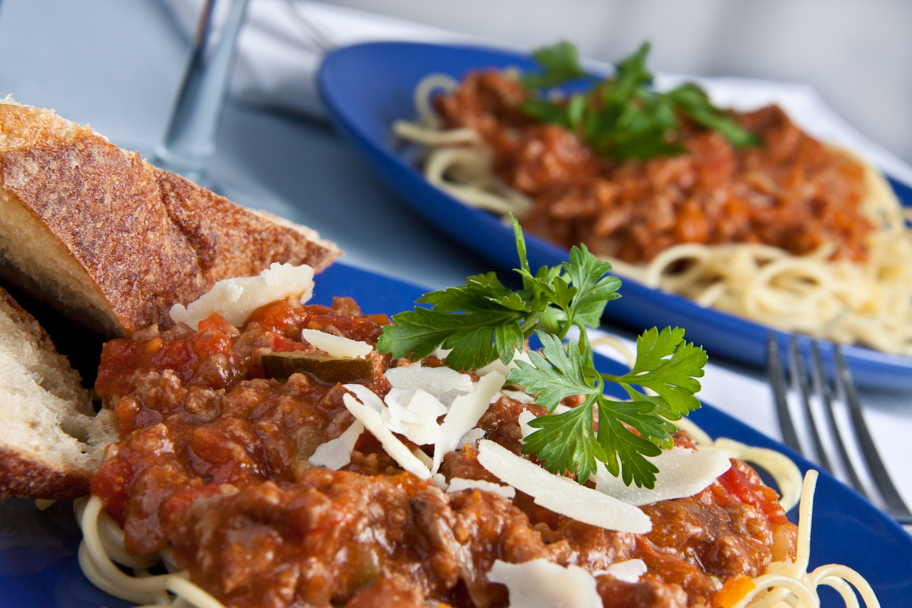

The plate of spaghetti is totally on tilt—and is a best-seller in my food stock portfolio! The cocktails are also on tilt! (Maybe that’s an intended pun?)
(But below is a link to my Food Photography 101 online course where you can learn many more!)
Conclusion
Taking food photos involves a bit of science and a bit of art. Knowing how to use the science in combination with some principles of the art means you increase your chances of capturing the food photos you want to share.
I hope these quick food photography tips help to get you started!
For more, consider taking my Food Photography 101 course. It’s an online food photography course for beginners where you learn many more “how to” food photography tips.
For example, you will learn:
- How to make natural light work for you when taking food photos
- How exposure decisions make or break your food photos
- How to use your camera’s settings to get perfect exposure
- How shutter speed, aperture and ISO decisions help you take great food photos
- When to use a tripod or hand-hold your camera
- What location in your house or restaurant is the best place to take food photos
- What kinds of household tools can help you use natural light to your advantage
- How the location of the natural light affects your food photos
- How to manage dark locations and still get good food photos
- What composition rules to use and what rules to break to create compelling food photos
- How important your background is to help frame your photo and tell your story
- What angles to shoot at for good food photos
- How to use negative space, leading lines and diagonals to make food photos stand out
- How to create compelling scenes using food styling tips & tricks
- Why simplicity is your friend
- How to have fun when styling your food photos
- What role the color wheel plays in your food styling choices
- How to use texture and other food in food photography styling
Check out my food photography portfolio
Learn more about me and how I became a professional food & travel photographer
#foodphotographytips #photographytipsforfood #takingfoodphotos



